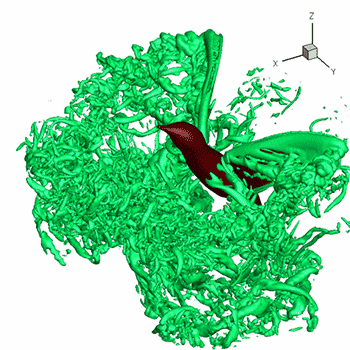How do you find the limit of #xlnx# as #x->0^-#?
1 Answer
There is no limit as
Explanation:
Here is a graph:
So we should expect the answer to be zero. Now, to do this we can't use the product rule, since the limit of
L'HOPITAL'S RULE: You can Google the precise formulation of this, and the conditions where it applies, but roughly speaking, the rule states that if you have a limit of the form
You could probably figure out other ways to evaluate this limit, maybe using the squeeze theorem with upper bound

